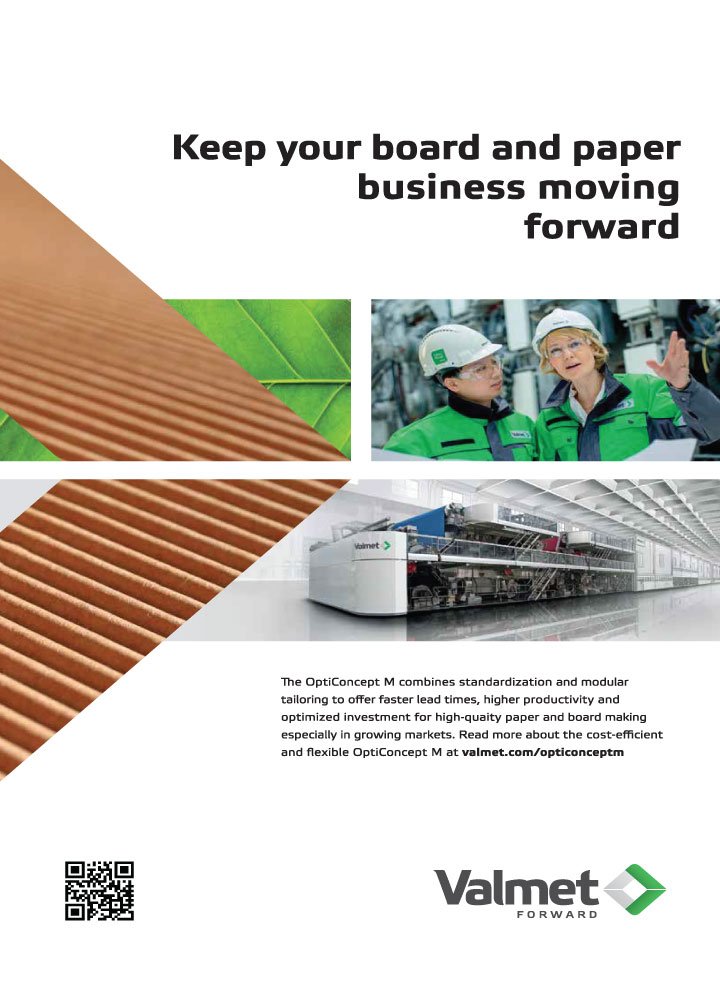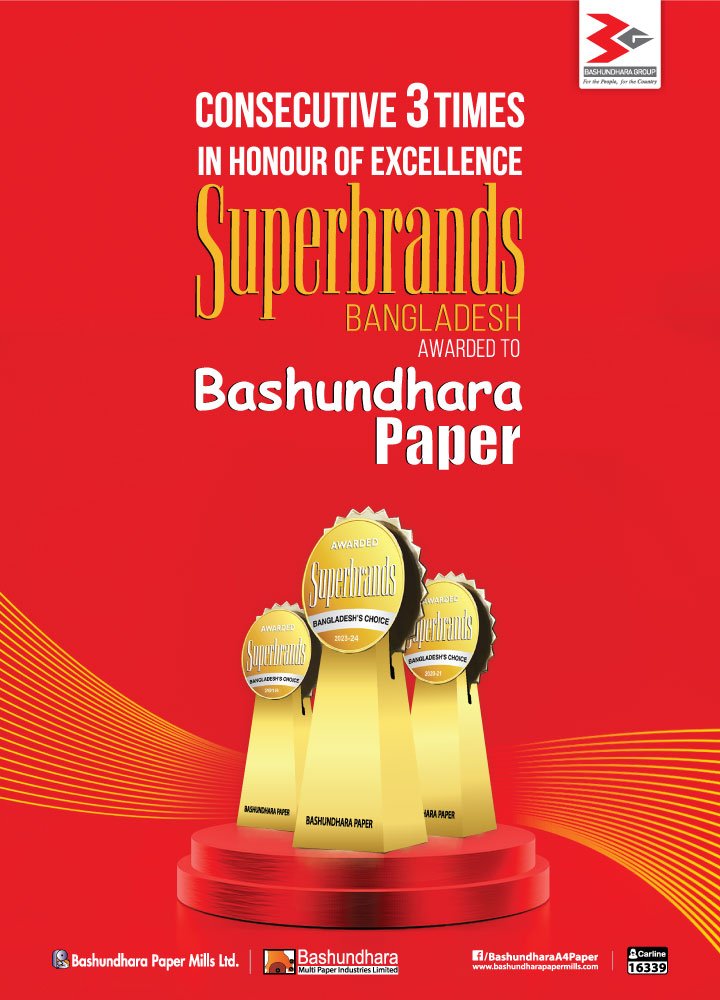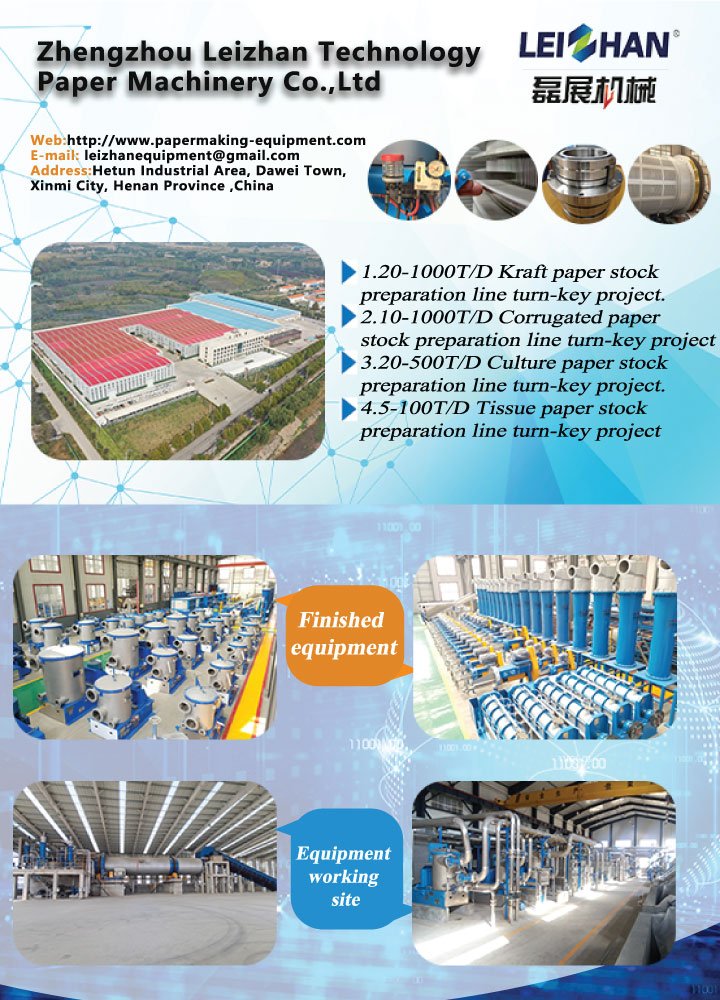Focusing Inside Your Refiners Raises Quality & Lowers Energy Costs

The pulp and paper industry in Bangladesh continues to evolve, especially with growth in packaging grades. Critical to the successful evolution of paper and board products are advances in stock prep refining Supporting the shift in grades are AFT Finebar® plates, which began an ultra-low intensity refining revolution over two decades ago. Globally, AFT is a market leader in low consistency refiner plates and fillings, producing custom-designed patterns for a wide range of fiber types and pulping processes. Another AFT innovation that changed the paper industry was the Finebar MiniSegment™, easy to install and an important safety advance.

“Finebar technology is designed to achieve the specific product characteristics that customers seek. Complimentary to our stock prep refiners, Finebar plates and fillings help papermakers’ profitability and competitiveness”, says Olli Pekka Riippa, AFT Product Manager – Refiners and Deflakers.
Real-life advances with Finebar
Riippa suggests that even older refiner models made by other suppliers can be fine-tuned with impressive results. For mills using 100% recycled furnish with old double disc refiners, it can be challenging to achieve fundamental strength properties in final products.
Poor fiber fibrillation is a common barrier to fully achieving papermaking objectives. Finebar plates are invaluable in improving mechanical properties, especially sheet strength. A sequence of trials with MiniSegment patterns is a wise approach to incremental, if not significant, improvements.
Says Sourav Das, Head of Marketing, India and Bangladesh, “The AFT team works with customers to focus on specific designs of MiniSegments that match their key goal – whether it be quality improvement, energy savings, or longer wear life. These lightweight plates last longer and are easy for operators to change, giving advantages for maintenance and safety.” Adds Das, “Hardwood, softwood, and recycled fibers all require very different treatment. In every case we must help achieve tailored results. Because refining is all about developing fibers to achieve final product properties, there is no one-size fits all solution. Packaging grades and tissue are worlds apart – yet they all have refining in common.”
Case Study 1: Delivering new benefits to old refiners at Southern European mill
A paperboard producer in Southern Europe needed to optimize the operation of several older disc refiners to improve their sheet performance. Making the most of their OCC furnish began with close observation and analysis of the fiber. AFT’s experienced field personnel assisted the mill in developing and executing refiner curve trials to evaluate the performance of select plate patterns and recommend the best option.
With custom-designed plates, the mill could reduce unwanted short fibers, increase fiber fibrillation, and improve the end-product properties of their board grades. As a result, they experienced better process stability because fewer adjustments were needed to keep strength targets above minimum values to meet product specifications. In addition, energy savings were recorded as fewer refiners were required to produce the same or greater output.
According to the mill manager, “AFT Finebar advances are largely about technical expertise and open thinking. They look closely at processes. They think about how to improve refining to optimize end products. Based on scientific evidence, their innovative ideas helped push our success further.”
Case Study 2: Added value, reduced costs for a European market leader
This European producer has a solid track record for continuously increasing value-added capabilities and constantly reducing operating costs.
They focused on refining to improve quality and runnability, and reduce energy costs. The AFT team conducted a comprehensive audit to evaluate the refining systems on both of the mill’s paper machines and identify opportunities for optimization. This involved assessing the refiner operating conditions and control scheme, as well as determining whether the proper type of refining was taking place on the hardwood and softwood fibers to achieve desired quality targets.
Both paper machines were equipped with double disc refiners. Across a broad range of grades produced, the smaller paper machine produced less tonnage; consequently, those refiners had low flow rates. To improve system stability and pulp quality development, Finebar underhung plate patterns were recommended to address the low flow conditions, with the added benefit of reducing overall power consumption. Subsequent trials resulted in standardizing the hardwood and softwood plate patterns to benefit both machines in terms of quality and energy consumption.
According to the mill manager, “Following studies of the entire stock preparation system, we decided to consolidate around two types of customized Finebar patterns. We worked together to optimize grade changes, including piping studies and stock preparation modifications. The AFT team helped the mill reach a higher level of consistency in the fiber, which led to better sheet quality and machine performance. Their simplified refining methods and control strategies also optimized grade changes.” In addition, the analysis report turned into an internal refining operating manual that the mill subsequently used to train its operators.
Sustainability focused technology advances
In addition to mill driven advances in refining and papermaking, paper and board producers are required to find solutions to further reduce waste and C02 emissions. A positive aspect of these demands is that environmental improvements often also deliver cost savings. For example, Finebar products run efficiently for longer periods of time. This means a reduction in the overall cost of replacement plates which includes shipping and storing new plates, along with the machine downtime involved for installation. For these reasons it is most beneficial to develop a refining strategy that reduces wear and extends the lifetime of plates through tailored pattern design.
Notes Riippa, “There is always an evolution of grade development, especially with an increased focus on sustainability. This means that refining must evolve, too. Some of our best refining ideas come from close cooperation with our customers.”





















